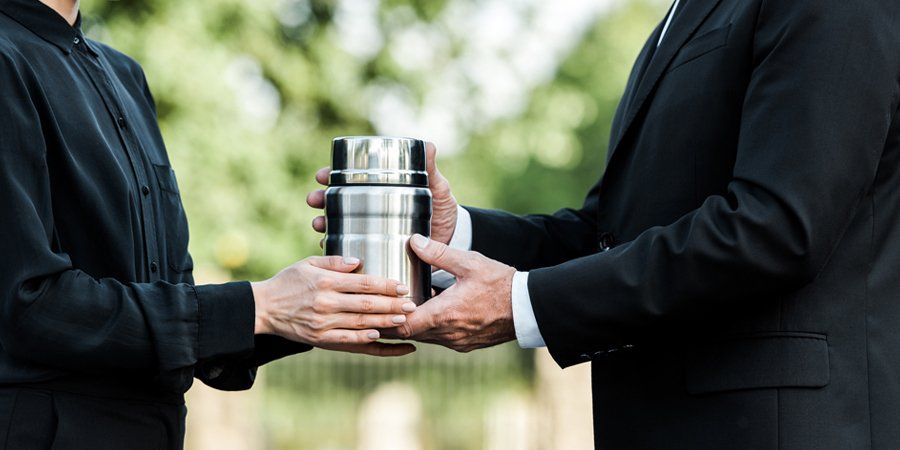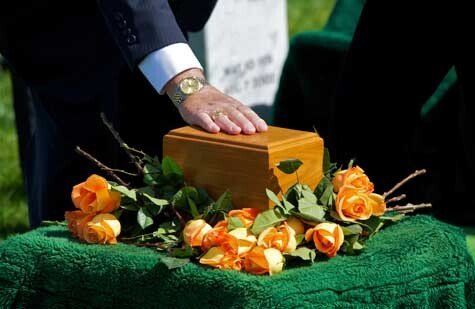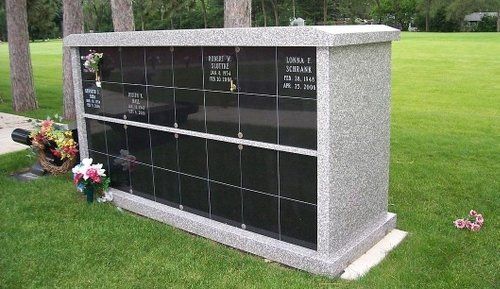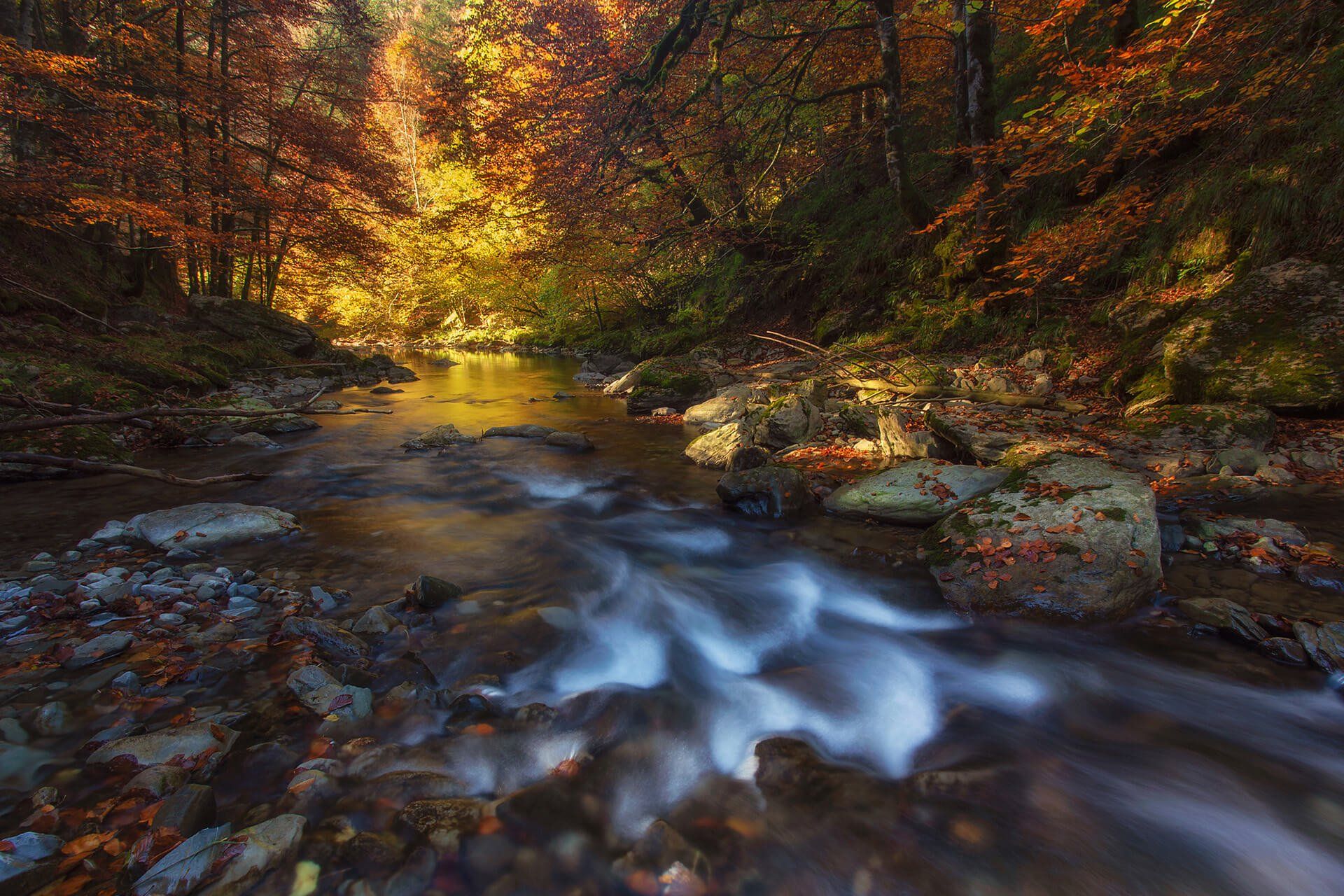Cremation Services
We offer affordable cremation services to help celebrate the life of your loved one while giving you many options for a public gathering and a final resting place.

Slide title
Write your caption hereButton
Is it possible to have a viewing when choosing cremation?
Yes, families can still have a public or private viewing prior to the cremation. Many people choose to have a visitation and funeral with the embalmed body present before it is cremated. Besides providing an opportunity for final goodbyes, a viewing helps loved ones recognize the reality of the death and begin their journey through grief.
Can you still have a service if you choose cremation?
In no way does choosing cremation limit the possibilities for creating a meaningful, personalized tribute to honor, remember, and celebrate the life lived. A funeral service can be held prior to the cremation with the body present, or a memorial service can be held any time following the cremation. Participating in a service or gathering is a vital part of the healing process, which is why direct cremation, without any type of service, can actually extend the grief process. See below for even more service options related to the cremated remains.
What should we do with the cremated remains?
It is so important to thoughtfully consider how you and your family would like to memorialize your loved one using their cremated remains. Memorialization honors a loved one, and it also provides a source of comfort and sense of healing for the family. We can help you determine which memorialization option would be best for you and your family.

Burying the Urn
Many people do not realize that an urn can be buried in a cemetery just as a casket. In-ground burial of the urn allows for a permanent final resting place, offering a peaceful spot to feel connected with your loved one for years to come. We will help you arrange the burial, which can be a very meaningful part of a funeral or memorial service.

Placing the Urn in a Columbarium (aka, a “niche”)
Similar to burial, a columbarium provides a final resting place for family to visit, helping others remember and honor your loved one now and for years to come.

Keeping an Urn at Home
Visit with us about the wide variety of urns we offer. Families often find great meaning in selecting the perfect urn to memorialize their loved one.

Slide title
Write your caption hereButton
Scattering of the Cremated Remains
Some families find comfort scattering the cremated remains in a place that was special to their loved one. We can help you arrange a meaningful scattering ceremony, creating an experience to remember and cherish forever.

Choosing a Creative Option
The creative possibilities for cremated remains are becoming increasingly diverse. They can be incorporated into jewelry, set in a garden sculpture, or even suspended in glass. With Parting Stones, the ashes are solidified into many beautiful stones that can be dispersed among family members. Visit with us for more information about the options we offer at the funeral home.
Quick Links

365 Days of Grief Support
Sign up for free daily messages of hope and healing throughout the first year after a loss.
Please wait
Verifying your email address
Please wait
Unsubscribing your email address
You have been unsubscribed
You will no longer receive messages from our email mailing list.
You have been subscribed
Your email address has successfully been added to our mailing list.
Something went wrong
There was an error verifying your email address. Please try again later, or re-subscribe.
© Pederson-Volker Funeral Chapel & Cremation Services. All Rights Reserved.
© Pederson-Volker Funeral Chapel & Cremation Services. All Rights Reserved.

